
It’s one thing to make something beautiful and another to make it unforgettable. Many designers have carved out icons that still speak across generations. You’ve probably come across or admired their works. Here, we highlight 20 of these legends and the projects they nailed.
Frank Lloyd Wright: Fallingwater
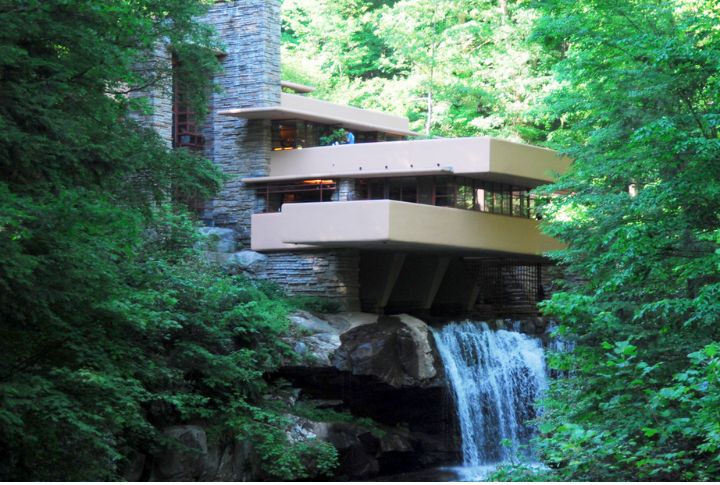
Rather than placing the house near the waterfall, Wright built directly above it. Concrete terraces stretch from a wooded hillside, suspended over rushing water. The design integrates architecture with nature and echoes Wright’s philosophy that buildings should grow from their surroundings, like trees from the soil.
Zaha Hadid: Heydar Aliyev Center
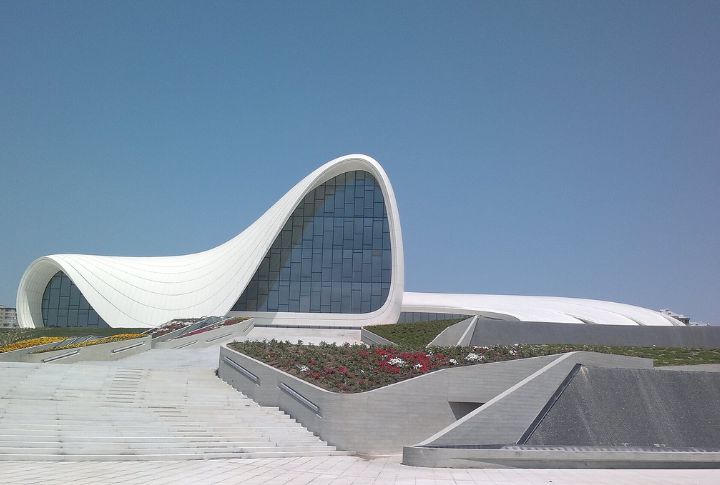
Curves replace corners in this fluid masterpiece located in Baku. The structure flows like fabric in motion and rejects sharp angles. Hadid redefined form through motion to create a civic center that feels more like sculpture than construction.
Dieter Rams: Braun T3 Pocket Radio

Before smartphones, Rams shrank music into this minimalist icon. Its clear dial, squared edges, and tactile wheel became a template for decades of portable design. The T3’s influence stretches from industrial tools to Apple products and proves that quiet utility often outlasts flashy aesthetics.
Renzo Piano: The Shard
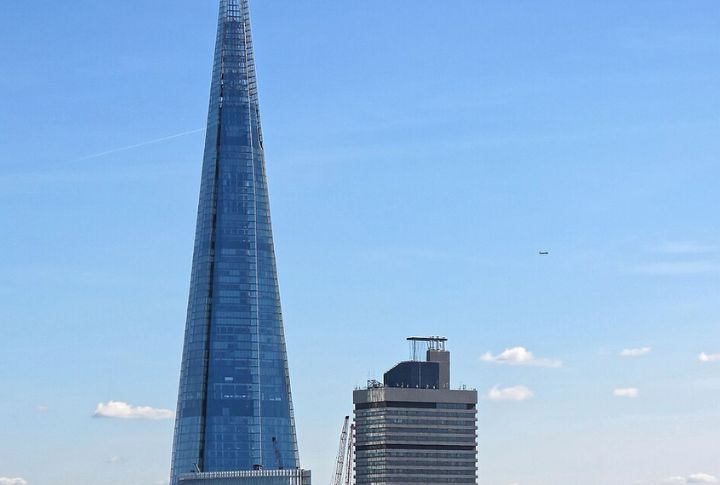
Piano gave London vertical elegance rather than bulk. The Shard’s glass panels taper like splinters that mirror the sky. It doesn’t overpower the skyline but becomes part of it. Functionally, it mixes residences and offices into one soaring symbol of modern urban living.
Charles And Ray Eames: Lounge Chair (1956)

The Eames Lounge was more than seating. It was a reimagination of comfort. Molded plywood curves around padded leather without sacrificing posture or style. Created for mass production without losing warmth, it fused industrial design with homely ease.
Issey Miyake: Pleats Please
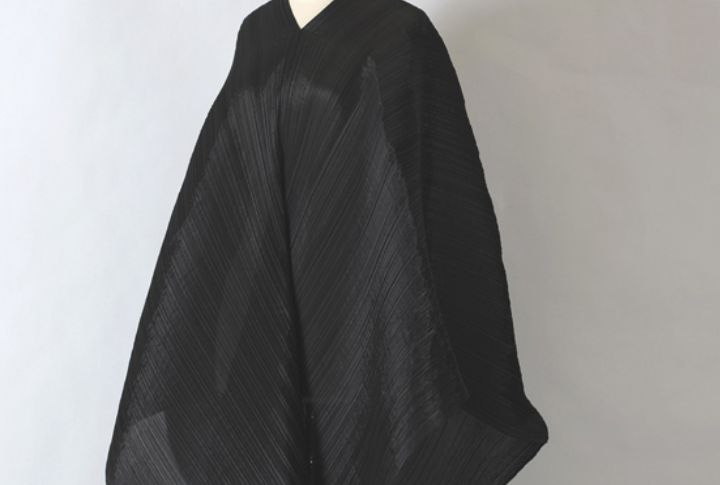
Rather than force fabric into fixed shapes, Miyake gave it freedom. His garments use heat-pressed pleats that stretch and travel easily. What seems simple is advanced textile engineering that offers stiffness-free style. This fashion moves with the wearer, not against them.
Bjarke Ingels: 8 House
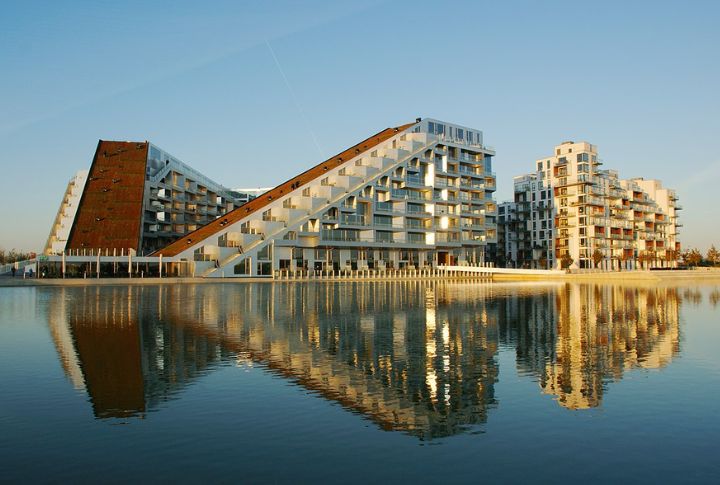
In Copenhagen, Ingels reinvented the apartment block. The 8 House spirals upward with bike ramps and sloping paths and blends commercial and residential life. Instead of separating people, it links them. The structure functions like a mini-city that promotes flow and unexpected interaction.
Eileen Gray: E-1027 House
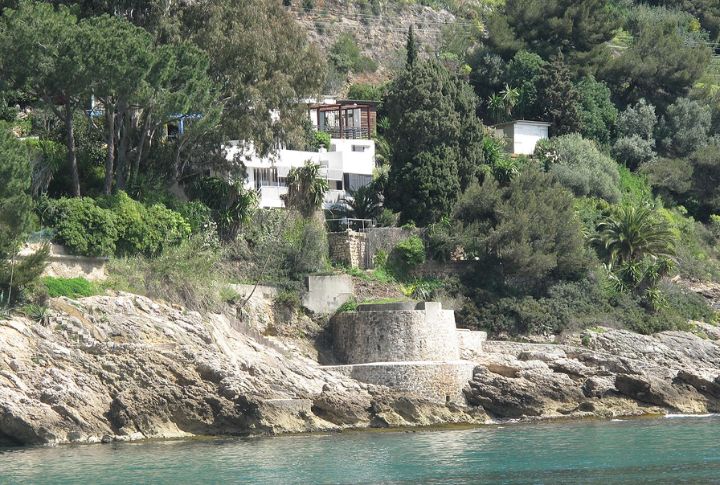
This modernist villa defied the conventions of the 1920s. Gray added movable walls and tubular furnishings designed for human needs and not formal beauty. Every corner serves a purpose. This house is a rare fusion of innovation and unapologetic independence.
Le Corbusier: LC4
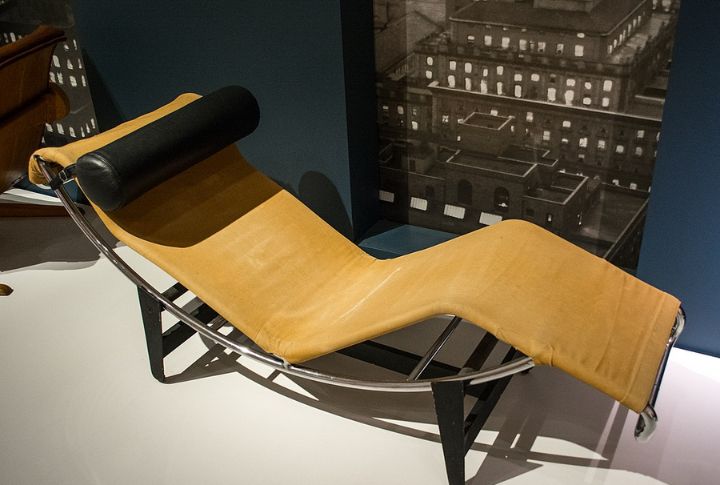
Designed for lounging, the LC4 follows the spine in full recline. Created in 1928 with Pierre Jeanneret and Charlotte Perriand, it’s built around the body’s natural curves, combining leather and steel into a clinical yet luxurious silhouette. Equal parts function and manifesto, it’s still sold nearly a century later.
Massimo Vignelli: New York Subway Map (1972)
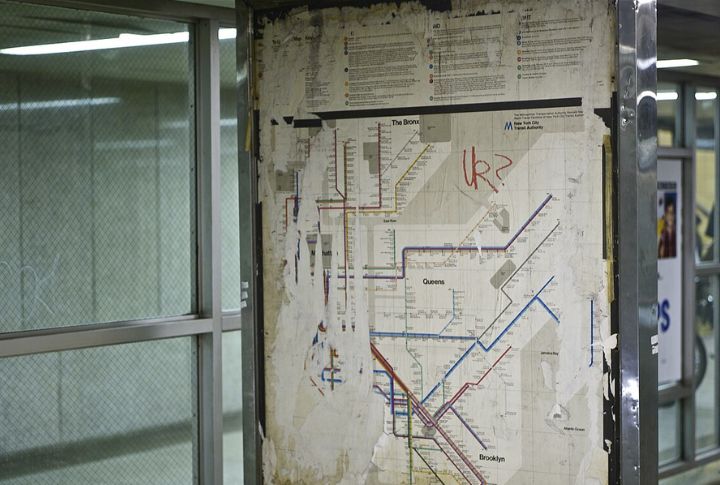
Color-coded and abstracted, Vignelli’s map broke geography to boost clarity. Although controversial, it set a precedent for information design worldwide. Even Apple’s transit apps borrow from his clarity-first logic, which shows that visual systems can shape how millions move daily.
Verner Panton: Panton Chair
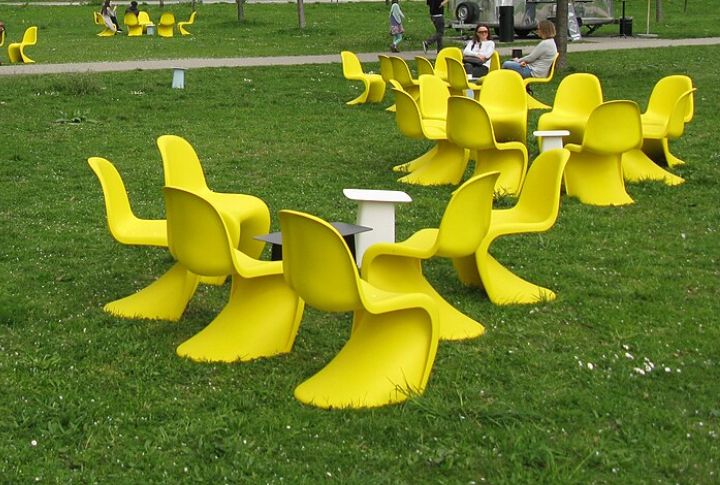
A true design disruptor, the Panton Chair was the world’s first one-piece molded plastic chair. With its flowing shape and ripple-like bend, it shocked the design world in the 1960s. Decades later, it still delivers both sculptural flair and ergonomic comfort.
Ludwig Mies Van Der Rohe: Barcelona Pavilion
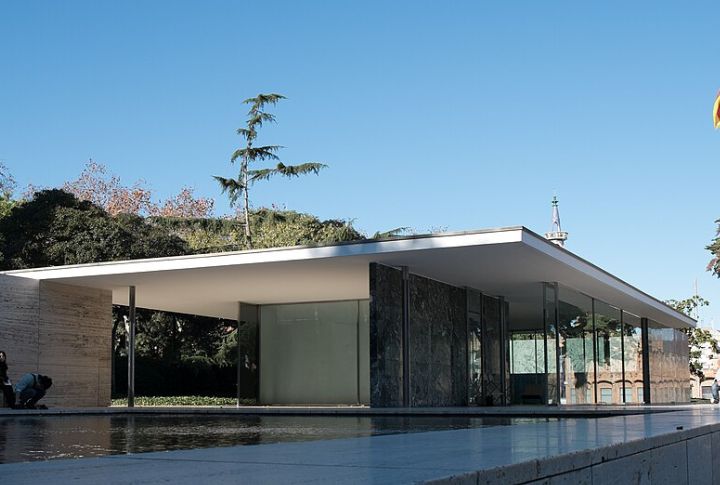
Clean lines and luxurious materials defined this structure. Built for the 1929 World’s Fair, its open plan and marble panels introduced “less is more” to architecture. The Barcelona Chair, designed alongside it, remains one of the most imitated pieces in modern design.
Kazuyo Sejima And Ryue Nishizawa: Kanazawa Museum
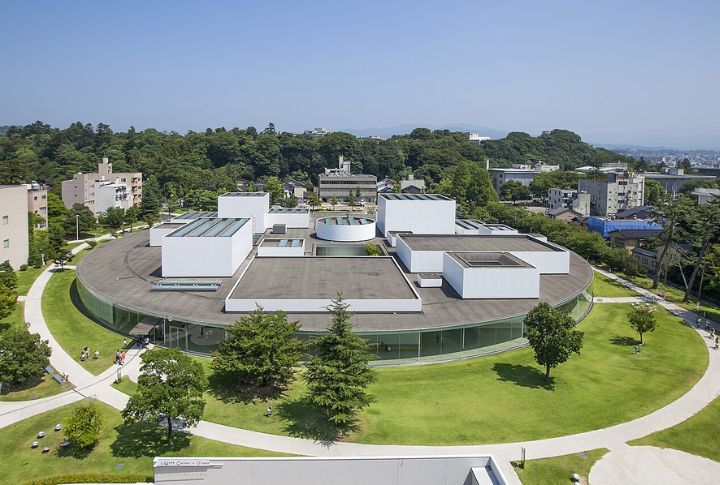
Circular, translucent walls invite visitors without forcing direction. The museum has no front or back, encouraging open exploration. By removing hierarchy from the layout, the duo fostered a gallery experience that prioritizes individual pathfinding over institutional presentation.
Raymond Loewy: Coca-Cola Vending Machine
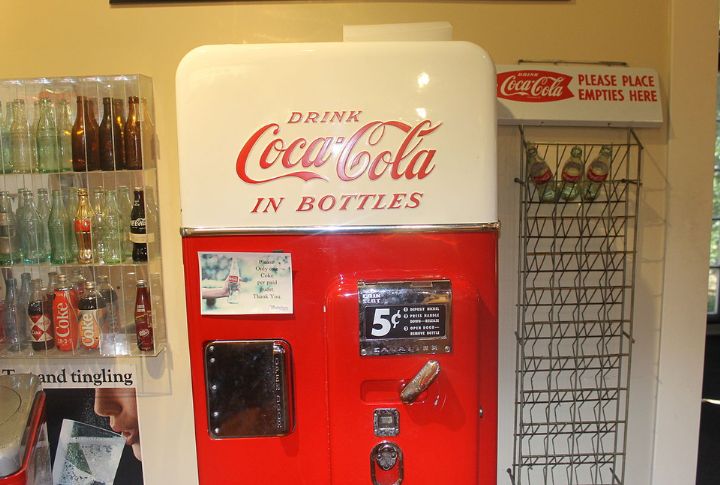
Streamlining products wasn’t just about beauty; it also boosted usability. Loewy shaped everything from fridges to trains, but his Coca-Cola machine gave brand identity physical form. Rounded edges and user-focused access made it not just a purchase point but a cultural landmark.
Shigeru Ban: Paper Tube Architecture
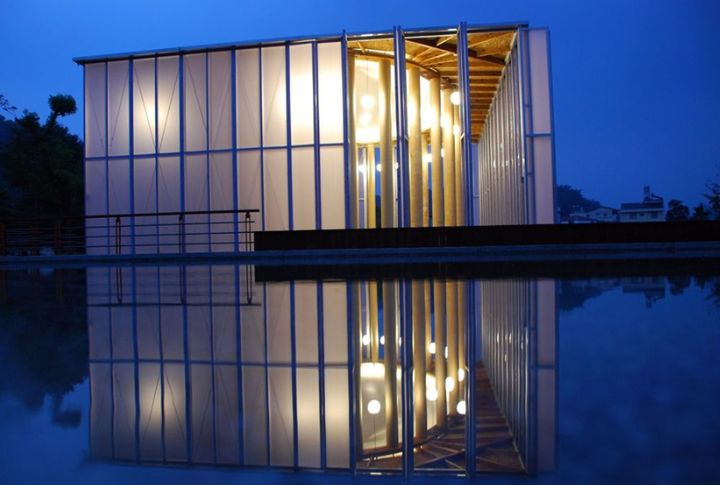
Ban took discarded paper tubes and built emergency shelters and even cathedrals. His work proves that temporary doesn’t mean disposable. Affordable and easy to assemble, his designs brought dignity to disaster zones and redefined what sustainable architecture could achieve.
George Nelson: Ball Clock (1949)
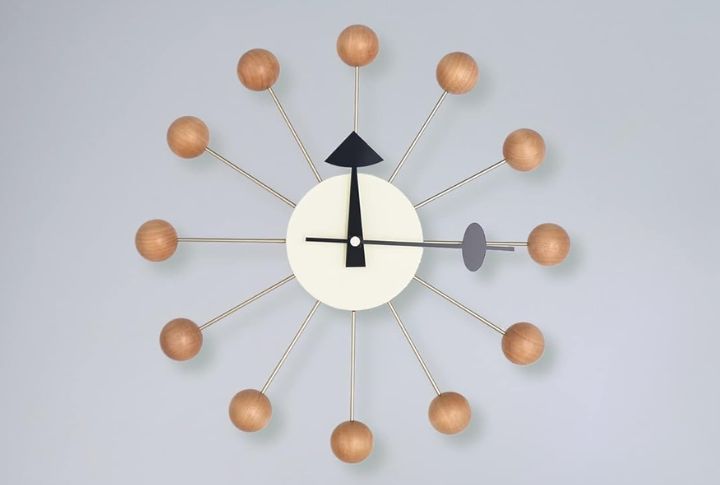
Spokes, spheres, and no numerals—the Ball Clock broke from tradition without losing function. Nelson challenged the idea that clocks should be silent, serious objects. Instead, he made time feel playful and gave homes in the postwar era a sense of optimism.
Paul Rand: IBM Logo (1972)
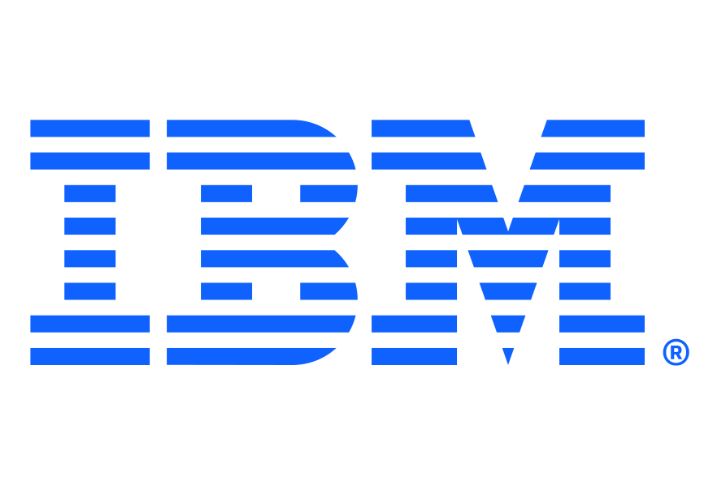
Eight horizontal stripes made IBM unforgettable. Paul Rand’s design turned a corporate name into a visual rhythm. The lines convey clarity and trust. More than branding, it was a statement: simplicity outperforms clutter, especially when recognition must happen in a blink.
Norman Foster: Apple Park (2017)
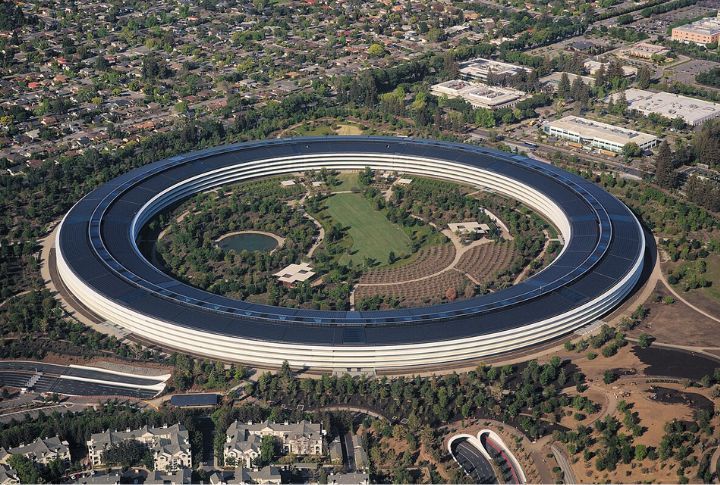
This circular campus with a 2.8-million-square-foot ring isn’t just a spectacle but also operationally efficient. Foster shaped Apple Park with solar panels and 9,000 trees. It’s both a headquarters and a living system, and it emphasizes Apple’s dedication to seamless, functional innovation inside and out.
Tadao Ando: Church Of The Light

Concrete and silence define this Osaka chapel. A single cross-shaped window slices through the wall, which allows sunlight to beautify the altar. Ando’s mastery lies in minimalism as he lets space speak. There’s no ornament, just structure and the shadows it cast.
Jony Ive: iPhone
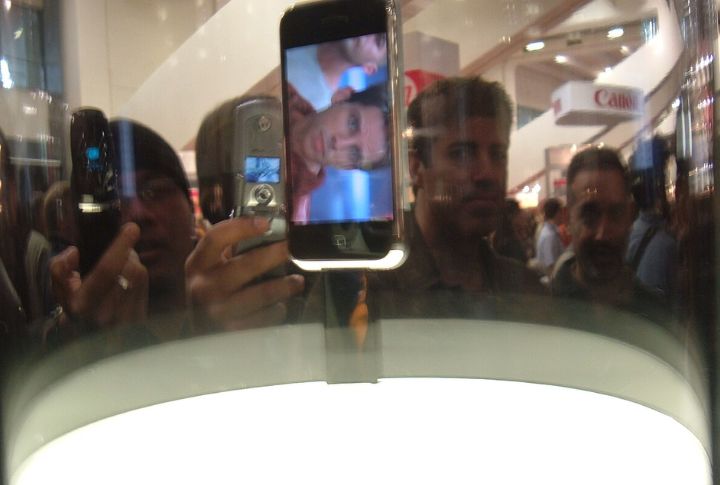
The first iPhone stripped away distractions to spotlight the screen. Ive refined every detail, from rounded edges to an intuitive interface. The phone’s clean silhouette and minimal design forever changed how people relate to technology in the palm of their hands.

